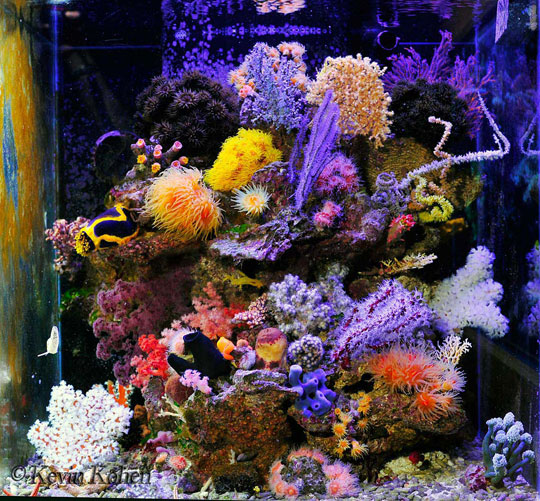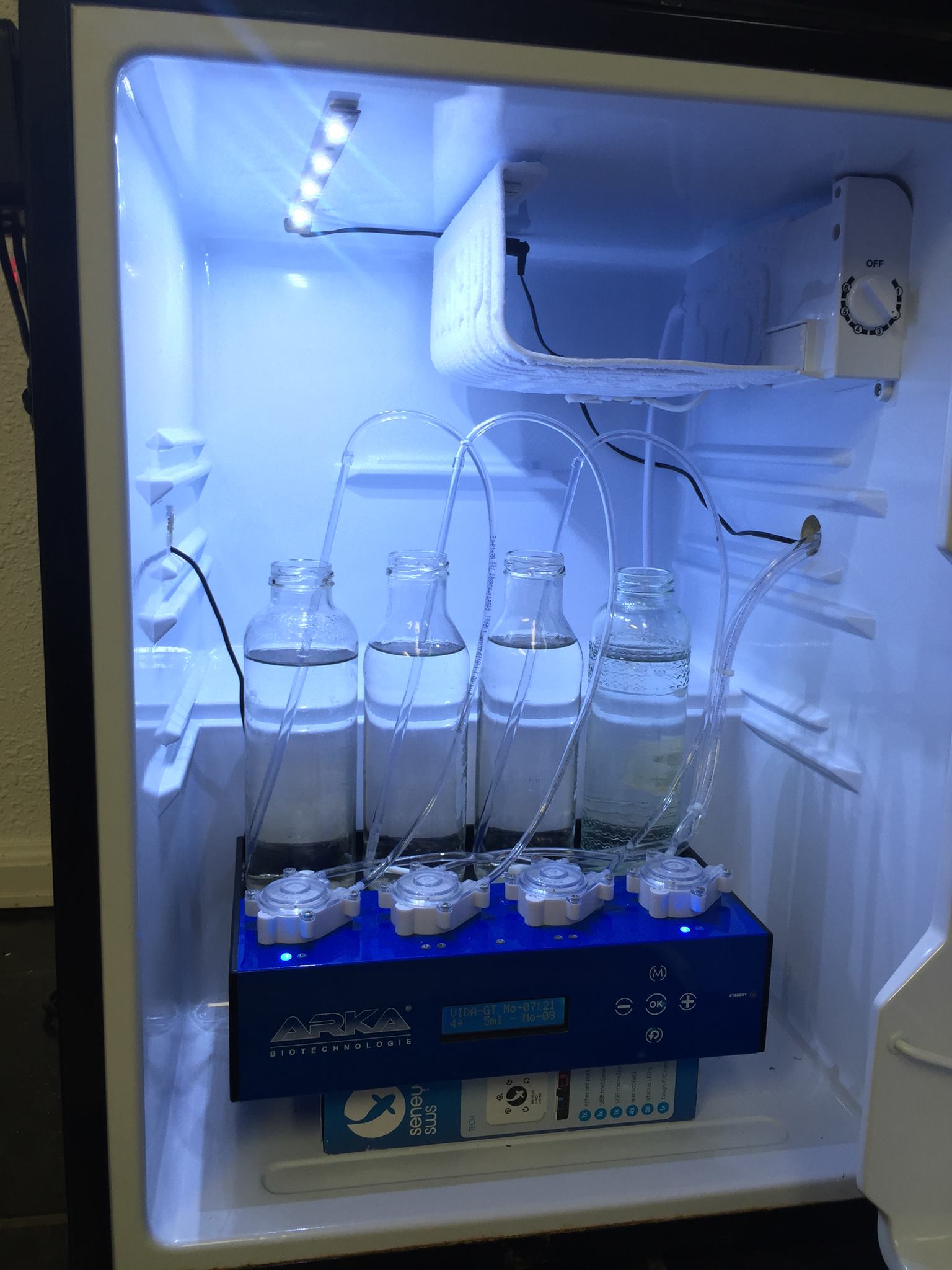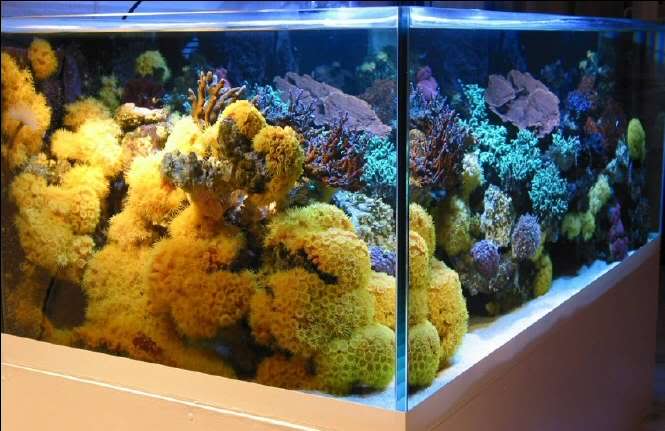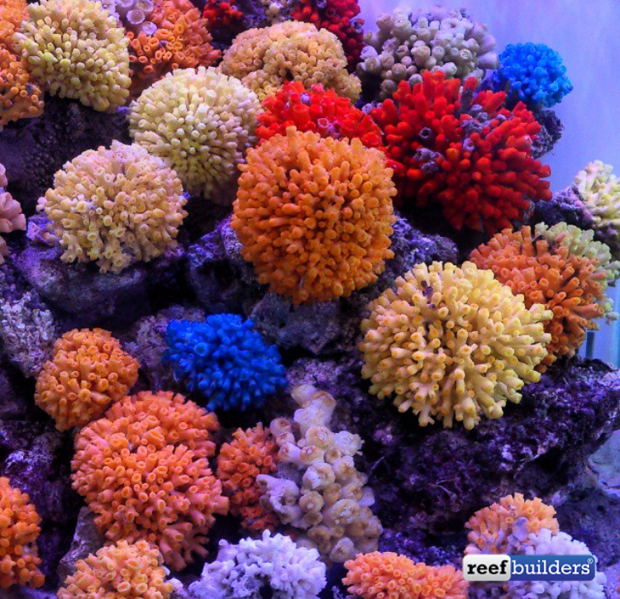Non photosynthetic corals (NPS) are some of the most unique corals you will ever see. They have the most odd shapes, textures, and cryptic behaviors. Their other name, azooxanthelle, suggests that their zooxanthelle is absent. However, studies have found that many of what we thought were azooxanthelle corals do contain some symbiotic algae.
NPS corals include of many different types of corals such as soft corals of Alcyonacea (gorgonians, sea pens, and soft corals) and Scleractinia (LPS corals). There are also several invertebrates that have the same care as NPS corals for example crinoids, sponges, flame scallops, and tunicates.

Because these corals do not photosynthesize, they need to receive their energy from food. This can be problematic because the corals need to have good water quality while also consuming food constantly.
So what type of foods do you feed and how often? You will want to feed a mixture of food with a range of particle sizes, ranging from tiny phytoplankton to small rotifers and larger calanus copepods & mysis shrimp. Obviously the corals with big mouths want the big food and vice versa.
The corals should be fed every day a few times a day. The amount of food you feed depends on the size of your tank and filtration. A clever way to base your feeding regimen would be to find an existing NPS tank similar to yours, mimic its feeding schedule, and adjust your feedings based on your corals’ response.
Automatic feeders are very popular with NPS tanks. It takes out a considerable amount of the manual labor. These feeders are usually DIY and involve running your plumbing through a refrigerator to keep the food cold. Dry foods can be added with an automatic feeder that is available at your local fish store.

In the wild many corals like Tubastrea are closed during the day; in your tank you are able to enjoy them at all times once we train them by feeding them when the lights are on. Some azoox corals like Dendronepthya are found right on top the reef standing next to Acropora.
Other non- photosynthetic corals, including Distichopora, require darkness; their tissue is susceptible to other organisms growing on them. In my experience, it is much easier to have a non- photosynthetic tank than NPS corals in a mixed reef. You can manipulate the light without it costing other corals.

NPS corals need just as much current as you would put on your SPS tank. They rely on water movement to capture their food; their polyps’ position can manipulate the water around them in order to make the current most effective.
Additionally, you need a superior filtration system. Non- photosynthetic reefers have used refugiums, UV sterilizers, biopellets, and other media. These are used in addition to your standard skimmer, carbon, and water changes.

Non- photosynthetic corals require love, care, and tedious work. It is well worth it because they are mysterious and we need to have a better understanding of them.



